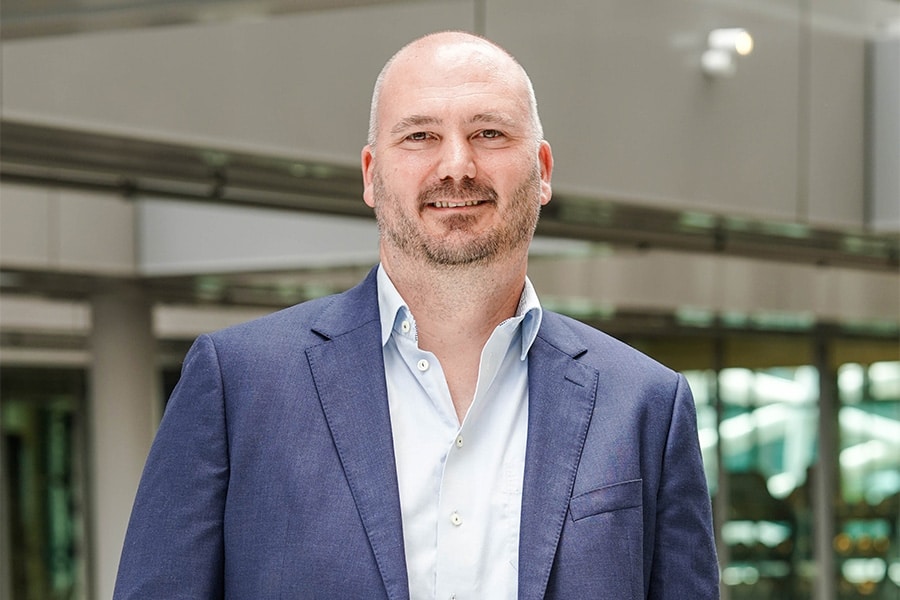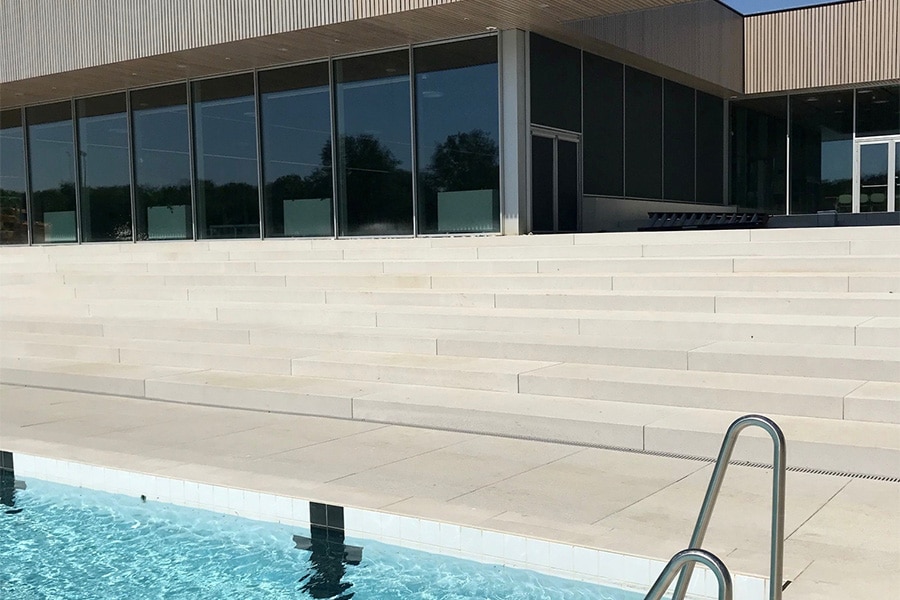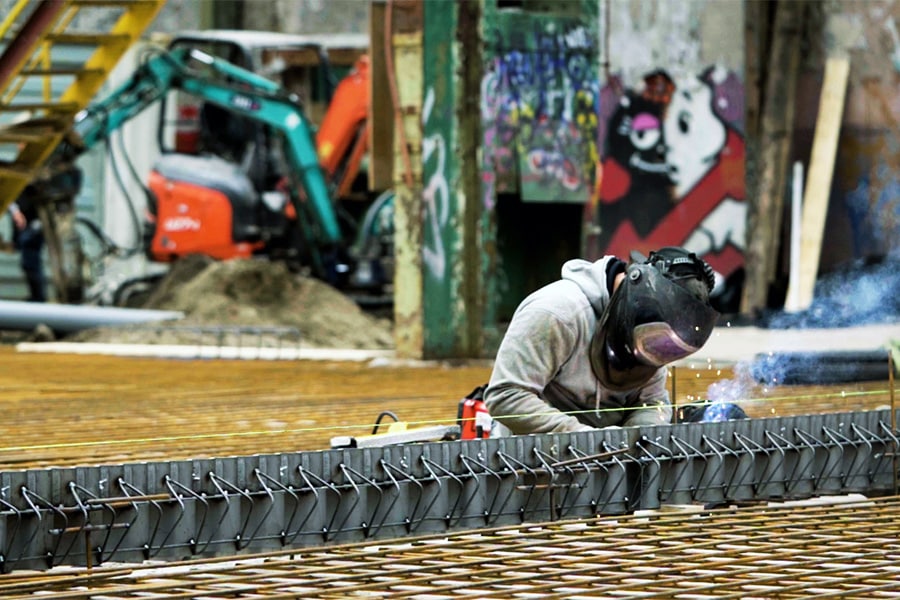
Maaseiker company doubles expected life of concrete structures
Of constructions in concrete and steel, the company can thus establish the safety, even drive it up, and dramatically extend the service life. We think here of artworks and utility structures or a combination of both, such as the Zeeland Bridge. But also tunnels and office or residential towers belong to the work area.

Emphasis on innovation
Bjond Innovation's entire approach is based on innovation and out-of-the-box thinking. Thus, the firm developed, itself or together with external specialists, its own maintenance and repair strategies, its own measurement and monitoring equipment and new anti-corrosion concepts up to and including completely new construction materials and super-protective tolerant coatings.

The Zeeland Bridge, a real feat of engineering
Some time ago Bjond Innovation was asked to inspect the Zeelandbrug, the longest bridge in the Netherlands and also classified as a monument. The research concerned the (residual) life span of the 25-year-old protective coatings on the pillars. This research was based on sampling and in situ measurements. However, it is a laborious, time-consuming and expensive operation to bring people on site for such an investigation. Moreover, these are snapshots that are not always reliable enough to make long-term predictions about the future behavior of the building materials.

Permanent and reliable remote measurement
To overcome the shortcomings mentioned above, Bjond Innovation worked out the hardware and software for continuous remote measurements. For this purpose, it developed small sensors with a transmitter, which can be read permanently without the need for another person to go on site. The units, the size of a smartphone, will be installed at strategic locations in the pillars and allow real-time determination of how the materials are "feeling" or behaving and what protective interventions are needed if required. This is the further development for the construction industry of a monitoring system derived from the oil and gas industry. Bjond Innovation improved the process and tailored it to the concrete sector, enabling easy, safe and standardized remote measurements. Here, the extensive miniaturization of the measuring devices and their housing have resulted in an affordable system that no longer requires human intervention at the structure itself.

Concrete's expected life doubled
In collaboration with an external partner, Bjond Innovation also developed a new material to better protect concrete from acids. This is a "cold ceramic," a mortar-like substance made from clean raw materials such as clay, granite and silicates. The application of this substance, in both new construction and renovation, falls to 20% more cost-effectively than other similar systems. The technique makes it possible to double the expected life of concrete from 20 to 40 years. It also brings huge savings in terms of subsequent repair and maintenance costs. In addition, it provides a greatly increased safety factor. In terms of sustainability too, especially the longer life cycle of the materials used, it is unquestionably a boon for people and the environment.



